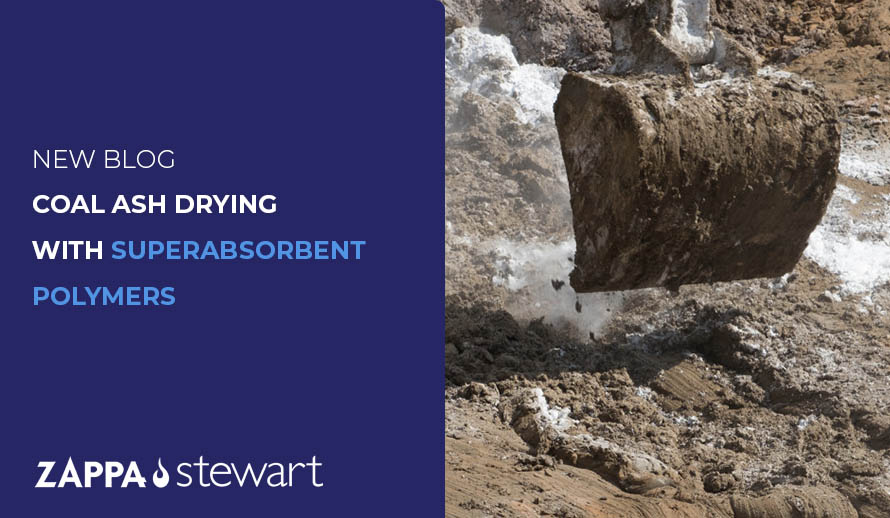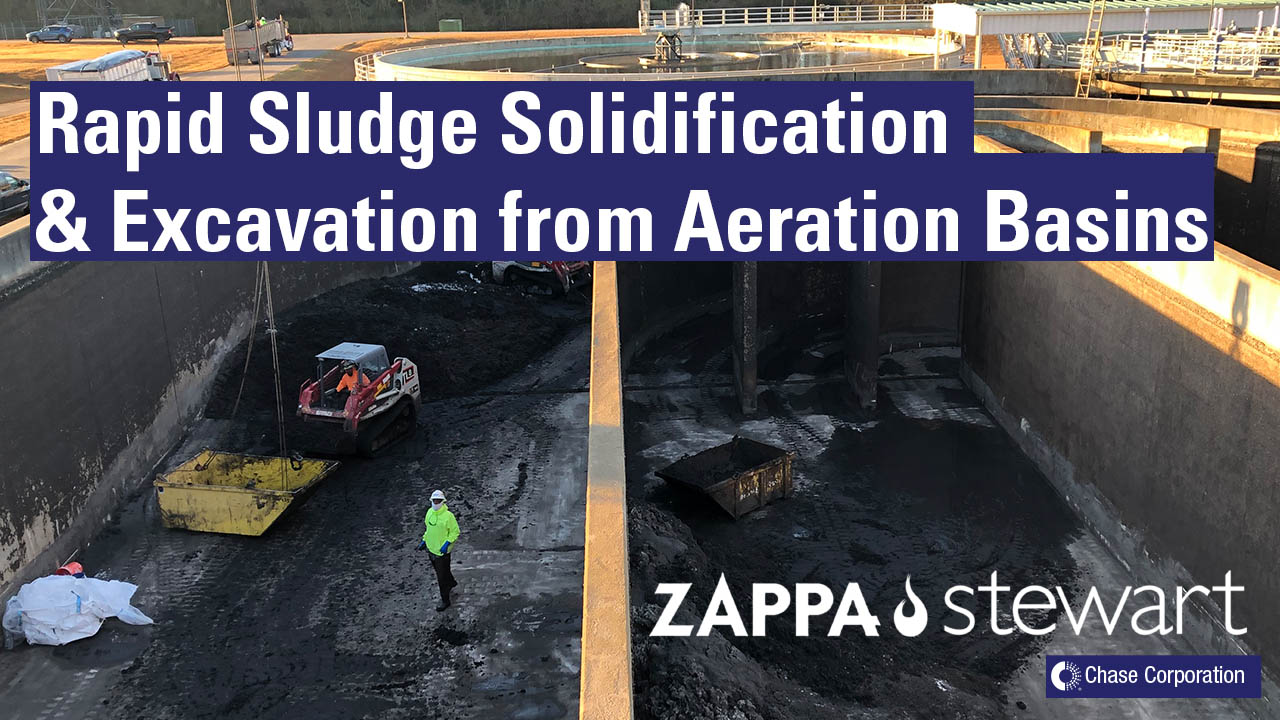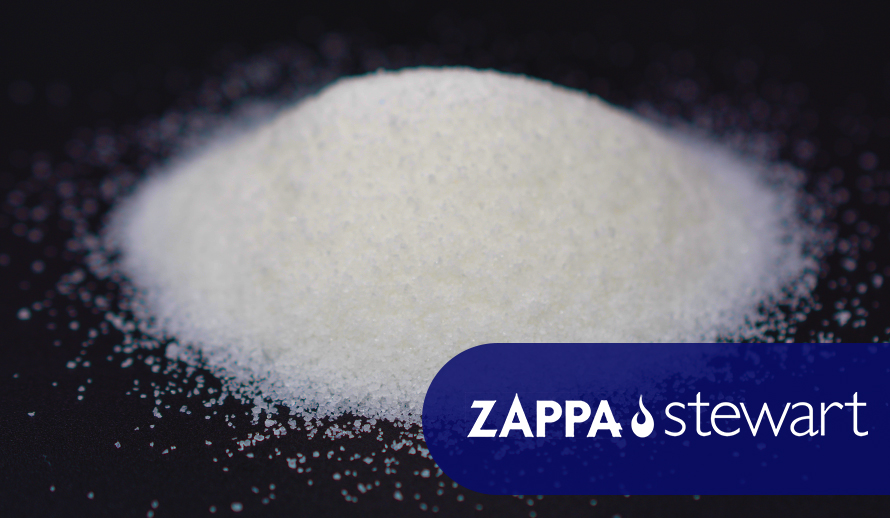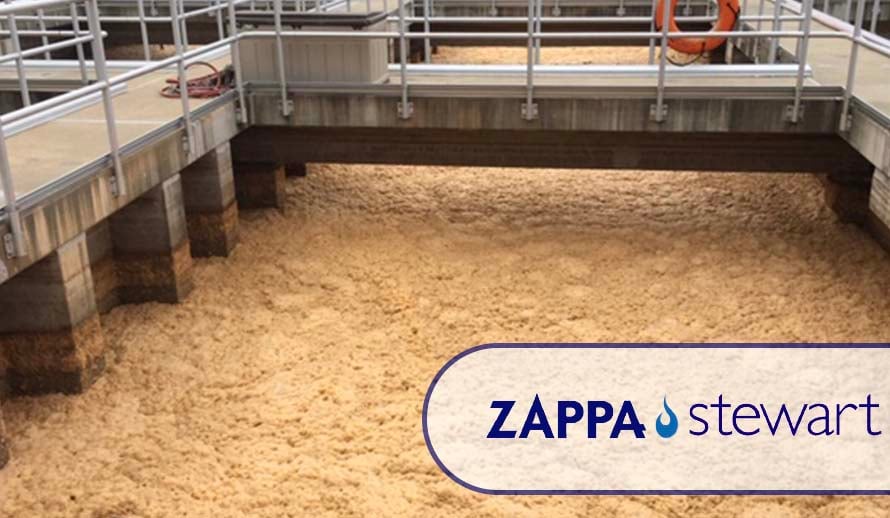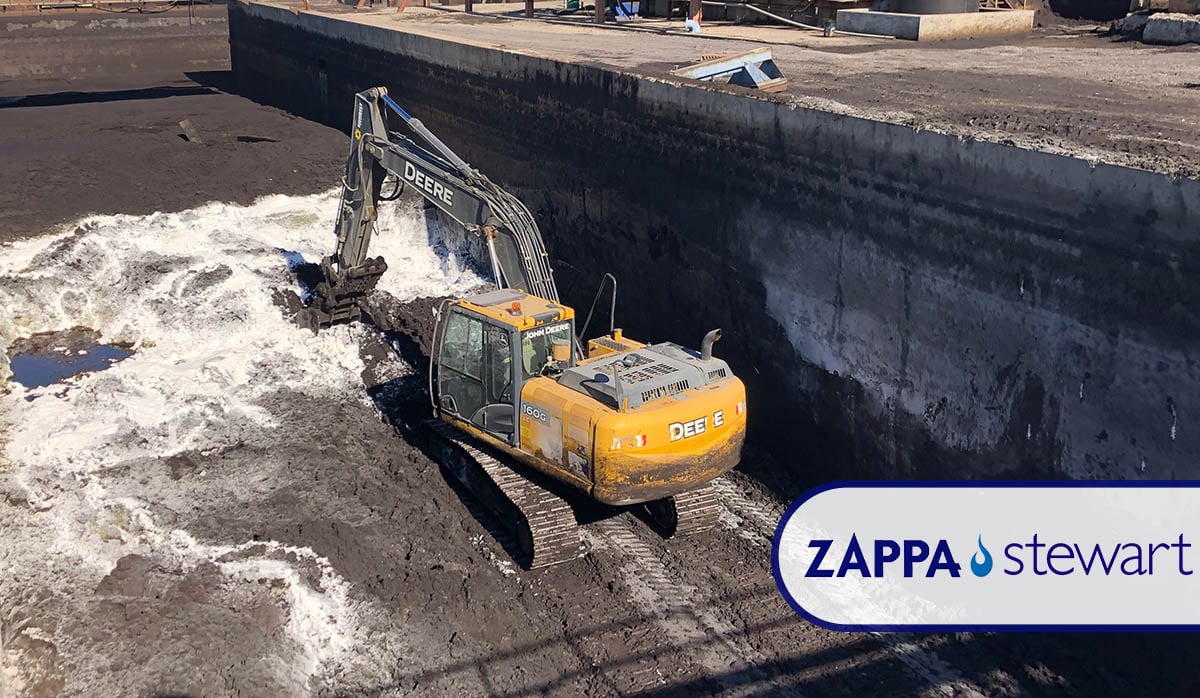A Step-by-Step Guide for Minimizing Reagent Quantities and Treatment Costs
Superabsorbent polymers (SAPs) are the most efficient available technology for eliminating free liquid and stabilizing saturated coal ash. However, without the proper planning steps, SAPs can be severely over-applied which often leads to unexpected treatment costs and/or underperformance.
The following steps are critical for the successful stabilization of coal ash with superabsorbent polymers:
Read More
Topics:
SAP,
Environmental Remediation,
superabsorbent polymers,
SAP Applications,
Wastewater Treatment Sludge,
SAP costs,
Coal Ash
When a major U.S.-based municipal wastewater utility contractor needed a rapid, money-saving, and efficient solution for removing 1,000+ tons of saturated sludge from an aeration basin, they turned to ZapZorb superabsorbent polymers (SAPs).
Read More
Topics:
Wastewater Treatment Sludge,
Sludge removal,
Rapid sludge solification,
Landfill requirements,
EPA’s paint filter test,
wastewater utility
Managing Costs of Liquid Waste Disposal
Superabsorbent polymers (SAPs) provide many financial and environmental benefits in the rapid solidification of liquid-bearing wastes and contaminated sediments. Environmental remediation professionals utilize SAPs for minimizing waste volume, excessive transportation and disposal expenses, and reagent handling and mixing costs. Furthermore, SAPs are not only safe for the environment, but prevent leaching of toxic waste into groundwater, surface water, and other sensitive natural resources.
Read More
Topics:
SAP,
superabsorbent polymers,
Wastewater Treatment Sludge,
SAP costs
Superabsorbent polymer (SAP) technology has a wide range of uses in a multitude of industrial, consumer, and specialty markets. The average consumer encounters SAPs on a daily basis, often without realizing their presence. SAPs are used in baby diapers, absorbent pads for food packaging, in hot/cold gel packs, feminine hygiene products, cat litter and more. SAPs also play a role in solidifying and rendering liquids generated by medical procedures as non-"red bag waste." In addition to the consumer goods and medical markets, SAPs are compatible with a long list of construction and industrial process wastes.
Read More
Topics:
Medical Waste Solidification,
Liquid Waste Management,
superabsorbent polymers,
Wastewater Treatment Sludge,
HDD Solidication
When a Southeastern US-based fiber optic and telecom contractor was faced with a persistent liquid waste management challenge, the contractor contacted Zappa-Stewart to conduct an on-site demonstration of solidification with ZapZorb superabsorbent polymers (SAPs).
Read More
Topics:
Waste Solidification,
SAP,
Sawdust vs SAP,
Liquid Waste Management,
superabsorbent polymers,
Wastewater Treatment Sludge
Industrial contractors utilize superabsorbent polymers (SAPs) in wastewater treatment, horizontal directional drilling (HDD), remediation, and other industrial sectors to simplify the solidification of challenging liquid waste streams. SAPs feature the highest absorbency of any solidification technology, allowing contractors to process more sludge with less reagent, minimizing the quantity of material mixed into the waste, time spent blending reagent, and the disposal weight of the solidified waste.
Read More
Topics:
SAP vs Cement,
superabsorbent polymers,
SAP Applications,
Wastewater Treatment Sludge,
Sludge removal
Sludge, a viscous mixture of liquid and solid components, is generated by essentially all industrial and municipal wastewater treatment facilities. When sludge must be periodically removed in order for plant maintenance crews to conduct repairs on process equipment and concrete holding basins, superabsorbent polymers (SAPs) are the safest, fastest, and most efficient choice to convert wet sludge to dry stackable solids.
Read More
Topics:
Environmental Conditions,
Environmental Remediation,
SAP vs Cement,
Sawdust vs SAP,
superabsorbent polymers,
SAP Applications,
Wastewater Treatment Sludge,
Solidifier


